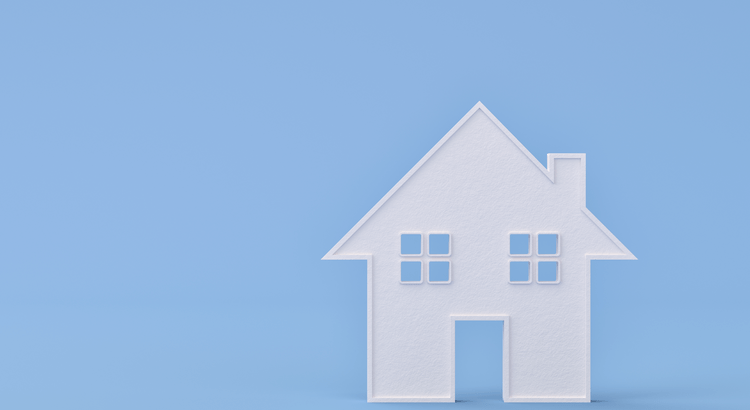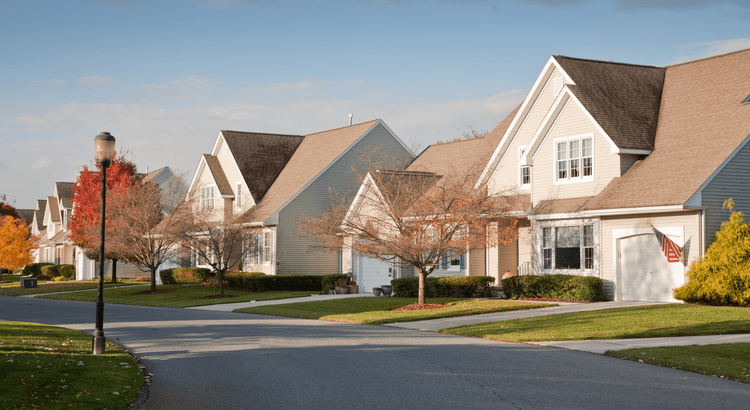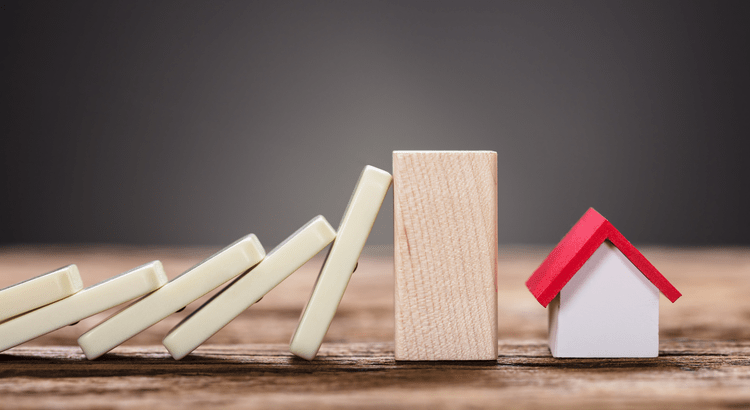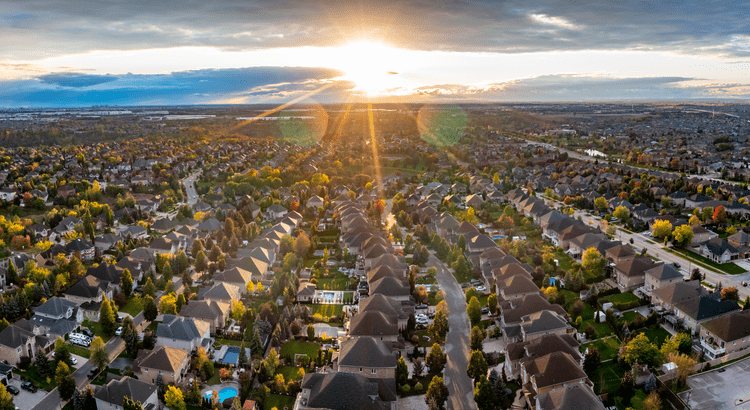
Why Your House Didn’t Sell
Why Your House Didn’t Sell If your listing expired and your house didn’t sell, you’re likely feeling a little frustrated. Not to mention, you're also probably wondering what went wrong. Here are three questions to consider as you determine what to do next. Did You Limit Access to Your House? One of the biggest mistakes you can make when selling your house is restricting the days and times when potential buyers can tour it. Being flexible with your schedule is important when you're selling your house, even though it might feel a bit stressful to drop everything and leave when buyers want to see it. After all, minimal access means minimal exposure to buyers. ShowingTime advises: “. . . do your best to be as flexible as possible when granting access to your house for showings.” Sometimes, the most determined buyers might come from far away. Since they're traveling to see your house, they may be unable to change their plans easily if you only offer limited showing time. So, try to make your house available as much as possible to accommodate them. It’s simple. If no one’s able to look at it, how’s it going to sell? Did You Make Your House Stand Out? When selling your house, the old saying matters: you never get a second chance to make a first impression. Putting in the work to make the exterior of your home look nice is just as important as how you stage it inside. Freshen up your landscaping to improve your home’s curb appeal so you can make an impact upfront. As an article from U.S. News says: “After all, if people drive by, but aren’t interested enough to walk through the front door, you’ll never sell your house.” But don’t let that impact stop at the front door. Removing personal items and reducing clutter inside give buyers more freedom to picture themselves in the home. Additionally, a new coat of paint or cleaning the floors can go a long way to freshening up a room. Did You Price Your House Compellingly? Setting the right price is extremely important when you're selling your house. Even though it might feel tempting to push the price higher to maximize your profit, overpricing can scare away buyers and make it hard to sell quickly. Business Insider notes: “. . . the biggest mistake sellers make is overpricing their home.” If your house is priced higher than others like it, it could make buyers lose interest. Pay attention to the feedback people give your agent during open houses and showings. If many people are saying the same thing, it might be a good idea to consider lowering the price. Relax on a trusted real estate agent for all these insights and more. A great agent will offer expert advice on relisting your house with effective strategies to get it sold. Bottom Line It’s natural to feel disappointed when your listing has expired, and your house didn’t sell. Let’s connect to figure out what happened and what to reconsider or change if you want to get your house back on the market.

The Return of Normal Seasonality for Home Price Appreciation
The Return of Normal Seasonality for Home Price Appreciation If you’re thinking of making a move, one of the biggest questions you have right now is probably: what’s happening with home prices? Despite what you may be hearing in the news, nationally, home prices aren’t falling. It’s just that price growth is beginning to normalize. Here’s the context you need to really understand that trend. In the housing market, predictable ebbs and flows happen each year. It’s called seasonality. Spring is the peak homebuying season when the market is most active. That activity is typically strong in the summer but begins to wane as the cooler months approach. Home prices follow along with seasonality because prices appreciate most when something is in high demand. That’s why there’s a reliable long-term home price trend. The graph below uses data from Case-Shiller to show typical monthly home price movement from 1973 through 2022 (not adjusted so that you can see the seasonality): As the data shows, home prices grow at the beginning of the year but not as much as in the spring and summer markets. The market is less active in January and February since fewer people move in the cooler months. As the market transitions into the peak homebuying season in the spring, activity ramps up, and home prices increase significantly more. Then, as fall and winter approach, activity eases again. Price growth slows but still typically appreciates. After several unusual ‘unicorn’ years, today’s higher mortgage rates helped usher in the first signs of the return of seasonality. As Selma Hepp, Chief Economist at CoreLogic, explains: “High mortgage rates have slowed additional price surges, with monthly increases returning to regular seasonal averages. In other words, home prices are still growing but are in line with historic seasonal expectations.” Why This Is So Important to Understand In the coming months, the media will talk more about home prices. In their coverage, you’ll likely see industry terms like these: Appreciation: when prices increase. Deceleration of appreciation: when prices continue to appreciate but at a slower or more moderate pace. Depreciation: when prices decrease. Don’t let the terminology confuse you or let any misleading headlines cause any unnecessary fear. The rapid pace of home price growth the market saw in recent years was unsustainable. It had to slow down at some point, and that’s what we’re starting to see – deceleration of appreciation, not depreciation. Remember, it’s normal to see home price growth slow down as the year progresses. And that definitely doesn’t mean home prices are falling. They’re just rising at a more moderate pace. Bottom Line While the headlines generate fear and confusion about what’s happening with home prices, the truth is simple. Home price appreciation is returning to normal seasonality. If you have questions about what’s happening with prices in our local area, let’s connect.

Beginning with Pre-Approval
Beginning with Pre-Approval If you’re looking to buy a home this fall, there are a few things you need to know. Affordability is tight with today’s mortgage rates and rising home prices. At the same time, there’s a limited number of homes on the market right now, creating some competition among buyers. But, if you’re strategic, there are ways to navigate these waters. The first thing you’ll want to do is get pre-approved for a mortgage. That way, you’ll know your numbers and can set yourself up for success from the start of your home search. What Pre-Approval Does for You To understand why it’s such an important step, you must know what pre-approval is. As part of the homebuying process, a lender looks at your finances to determine what they’d be willing to loan you. From there, your lender will give you a pre-approval letter to help you know how much money you can borrow. Freddie Mac explains it like this: “A pre-approval is an indication from your lender that they are willing to lend you a certain amount of money to buy your future home. . . . Keep in mind that the loan amount in the pre-approval letter is the lender’s maximum offer. Ultimately, you should only borrow an amount you are comfortable repaying.” Basically, pre-approval gives you critical information about the home-buying process that’ll help you understand how much you can borrow. Why does this help you, especially today? With higher mortgage rates and home prices impacting affordability for many buyers, a solid understanding of your numbers is even more important so you can truly wrap your head around your options. Pre-Approval Helps Show Sellers You’re a Serious Buyer Let’s face it: more buyers are looking to buy than homes available for sale, and that imbalance is creating some competition among homebuyers. That means you could see yourself in a multiple-offer scenario when you offer a home. However, getting pre-approved for a mortgage can help you stand out from other hopeful buyers. As an article from the Wall Street Journal (WSJ) says: “If you plan to use a mortgage for your home purchase, preapproval should be among the first steps in your search process. Not only can getting preapproved help you zero in on the right price range, but it can give you a leg up on other buyers, too.” Pre-approval shows the seller you’re a serious buyer who’s already undergone a credit and financial check, making the sale more likely to move forward without unexpected delays or financial issues. Bottom Line Getting pre-approved is an important first step when you’re buying a home. The more prepared you are, the better your chance of getting your desired home. Connect with a trusted lender to have the tools you need to purchase a home in today’s market.

The Many Non-Financial Benefits of Homeownership
The Many Non-Financial Benefits of Homeownership Buying and owning your own home can have a big impact on your life. While there are financial reasons to become a homeowner, it's essential to think about the non-financial benefits that make a home more than just a place to live. Here are some of the top non-financial reasons to buy a home. According to Fannie Mae, 94% of survey respondents say “Having Control Over What You Do with Your Living Space” is a top reason to own. Your home is truly your own space. If you own a home, unless there are specific homeowner association requirements, you can decorate and change it the way you like. That means you can make small changes or even do big renovations to make your home perfect for you. Your home is uniquely yours and by buying, you give yourself the freedom to tailor it to your individual style. Investopedia explains: “One often-cited benefit of homeownership is the knowledge that you own your little corner of the world. You can customize your house, remodel, paint, and decorate without the need to get permission from a landlord.” When you rent, you might not be able to make your place really feel like it’s yours. And if you do make any modifications, you might have to change them back before you leave. But if you own your home, you can make it just the way you want it. That level of customization can give you a sense of pride in where you live and make you feel more connected to it. Fannie Mae also finds 90% say “Having a Good Place for Your Family To Raise Your Children” tops their list of why it’s better to buy a home. Another important factor to think about is what stage of life you’re in. U.S. News breaks it down: “For those with young children, buying a home and putting down roots is a major driver. . . . You don’t want the upheaval of a massive rent increase or a non-renewed lease to impact your sense of stability.” No matter which of life’s milestones you’re in, stability and predictability are important. That’s because the one constant in life is that things will change. And, as life changes around you, having a familiar home and not worrying about moving regularly helps you and those who matter most feel more secure and more comfortable. Lastly, Fannie Mae says 82% list “Feeling Engaged in Your Community” as another key motivator to own. Owning your home also helps you feel even more connected to your neighborhood. People who own homes usually live in them for an average of nine years, according to the National Association of Realtors (NAR). As that time passes, it’s natural to make friends and build strong ties in the community. As Gary Acosta, CEO and Co-Founder at the National Association of Hispanic Real Estate Professionals (NAHREP), points out: “Homeowners also tend to be more active in their local communities . . .” When you care deeply about the people you live near, you’ll do what you can to contribute to your local area. Bottom Line Owning your home can make your life better by giving you a sense of accomplishment, pride, stability, and connectedness. If you're thinking about becoming a homeowner and want to learn more, let’s connect.
Categories
Recent Posts










